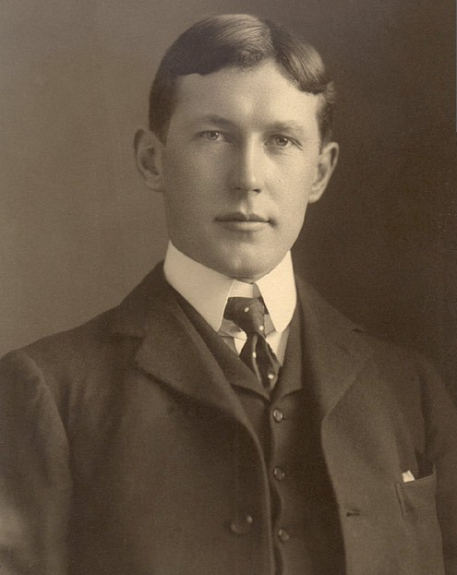1994 INDUCTEE Maude Abbott, MD The Early Days - Health Care Pioneers, Women in Medicine, Heart & Vessels, Health & Humanities
March 18, 1868
(Saint Andrews East, Québec)
September 2, 1940
MD, Bishop’s University (1894)
1993: Person of National Historical Significance, Historic Sites and Monuments Board of Canada
1910: Honorary MDCM, McGill University
See All AwardsAwards & Honours:
1993: Person of National Historical Significance, Historic Sites and Monuments Board of Canada
1910: Honorary MDCM, McGill University
1894: Chancellor’s Prize, Bishop’s College
1894: Senior Anatomy Prize, Bishop’s College
1890: Lord Stanley Gold Medal
1890: McGill class valedictorian
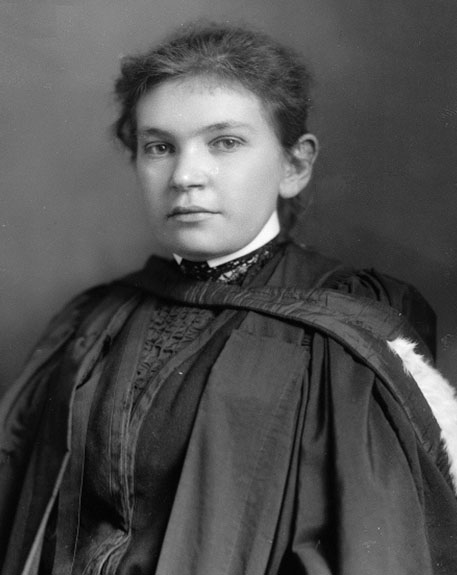
A trailblazer for women in medicine and advanced the world’s understanding of congenital heart disease
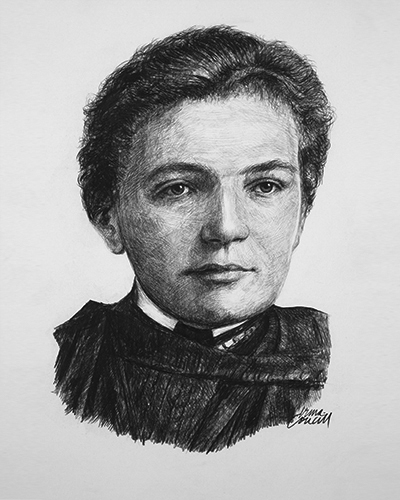
Physician, pathologist and museum curator
An unwavering trailblazer with a devotion to science, Dr. Maude Abbott paved the path for future generations of women in medicine, bravely overcoming adversity. Determined to have a career in medicine at a time when the profession was only beginning to soften its views on women becoming doctors, Dr. Abbott became an international authority on cardiac disease and steadily broke down barriers many women faced when entering medicine. In addition, she established an international reputation for the McGill Medical Museum as a first-rate teaching tool for medical students and a resource base for practitioners.
Key Facts
One of the first women to obtain a bachelor’s degree in arts at McGill University
Was the only woman in her class at medical school
Became a founder of the Federation of Medical Women of Canada
Contributed a chapter to William Osler’s System of Medicine
Was the only woman to be included in Diego Rivera’s famous 1940s mural that commemorated innovators in cardiology
Professional timeline
Impact on lives today
Since her death in 1940, Dr. Abbott has been revered as a pioneer in cardiology. Her Atlas of Congenital Heart Disease significantly improved the understanding of the heart’s anatomy and laid the foundation for modern heart surgery. Today, she continues to inspire others to pursue their dreams in medicine no matter what obstacles are placed in their way.
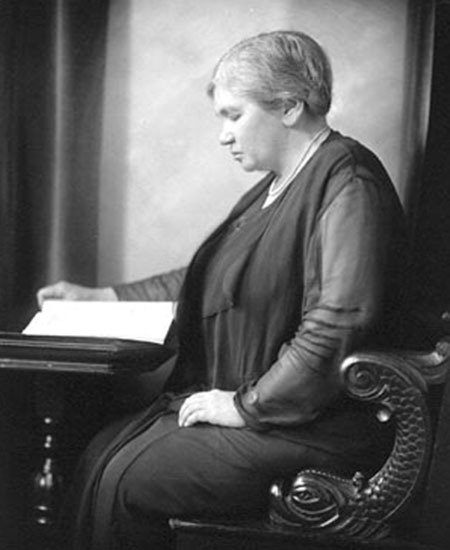
1994
-
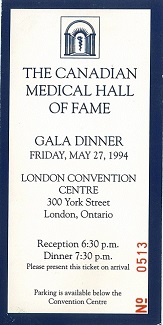
Maude Abbott posthumously inducted into the Canadian Medical Hall of Fame
London, Ontario
-

Dr. Maude Abbott published her ATLAS OF CONGENITAL CARDIAC DISEASE in which she outlined a new classification system for congenital heart diseases
Heart & Vessels, Women in MedicineShe became a world authority on the subject, demonstrating to the world that women could contribute to the advancement of science and medicine.
-
Abbott spent two years teaching at Woman’s Medical College of Pennsylvania.
Health and Medical Education & TrainingShe then returned to Montreal and became an assistant professor at McGill.
-
During WWI, Maude Abbott worked tirelessly to prepare and catalogue teaching specimens for the Canadian Medical War Museum (CMWM)
Women in Medicine, Health & HumanitiesThe collection (estimated to range up to ~900 specimens) showcased various types of war injuries and infectious diseases that were common amongst the soldiers at the time. While the specimens were displayed at some medical meetings, a permanent location could not be found for the collection. Maude Abbott maintained the CMWM collection at McGill up until her death; unfortunately, the specimens were lost bureaucratically afterwards.
-

Along with another colleague, Maude Abbott took on Acting Editorship of the Canadian Medical Association Journal (CMAJ) during WW1, until 1919
Women in MedicineSadly, she was never properly credited for her role as Dr. Andrew MacPhail, the Founding Editor, did not resign when enlisting and going abroad for active service.
-
McGill University awarded Abbott an honorary degree in medicine.
The honour came eight years before the university would formally allow women to be accepted into their medical school.
-
Along with James Carroll and James McCallum, Dr. Maude Abbott founded the International Association of Medicine Museums in Washington, DC
Health & HumanitiesToday it is known as the International Academy of Pathology.
-
Dr. Abbott began teaching medical students at the museum using the collection’s specimens.
Health and Medical Education & TrainingWithin a few years, visits to the medical museum became part of the medical curriculum.
-
Dr. Abbott was appointed Assistant Curator of McGill University’s Medical Museum.
She took on the task of preparing and cataloguing the entire medical specimen collection in the Museum, with some specimens dating as far back as sixty-five years. She was later appointed Curator of the Museum.
-

Following post-graduate training in Europe, Abbott was hired by McGill University in the Pathology Department.
Heart & VesselsHere, she became a prolific writer, publishing numerous works on the history of medicine and nursing, as well as cardiology. In particular, her research focused on congenital heart disease.
-

Rejected from the Faculty of Medicine at McGill due to her gender, Maude Abbott enrolled at Bishop’s University and earned her degree in medicine in 1894.
Women in MedicineUpon graduating she was awarded the Senior Prize in anatomy and the Chancellor’s Prize for the best examination.
1889
One of my daydreams, which I feel to be selfish, is that of going to school.
Additional Resources:
- Maude Abbott Medical Museum
- The Canadian Encyclopedia
- The Identity of English Speaking Quebec in 100 Objects
- Maude Abbott and the Origin and Mysterious Disappearance of the Canadian Medical War Museum
- Portraying Maude Abbott
- CMHF Laureate biography - Maude Abbott
- FMWC - Maude Abbott Research Fund (MARF) and Maude Abbott Scholarship Fund details

